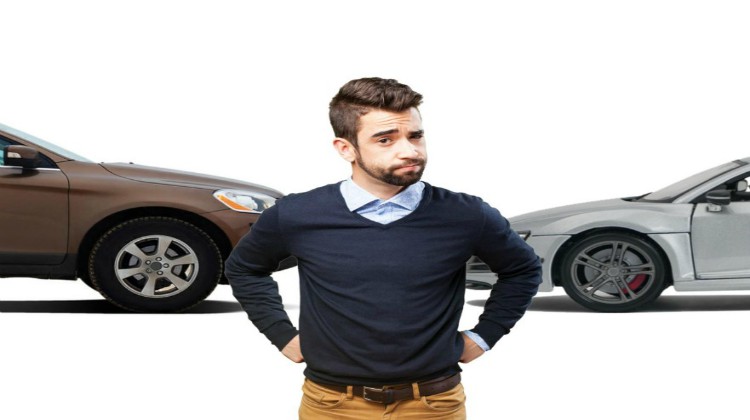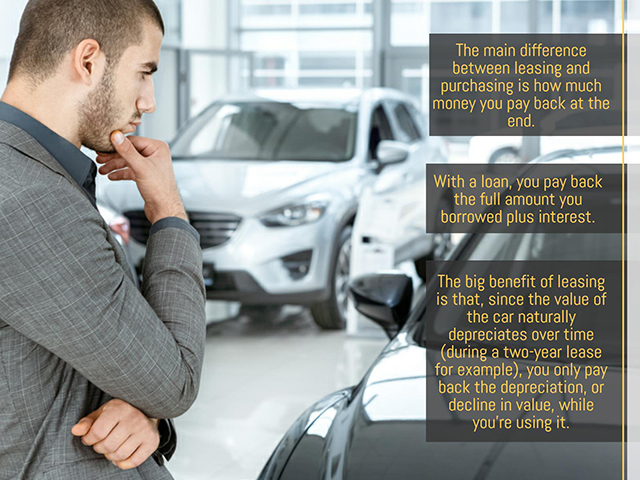As you can see from the graph below, auto debt of car owners in the United States has been skyrocketing over the past few years.
More and more people are buying cars and heading into greater debt.
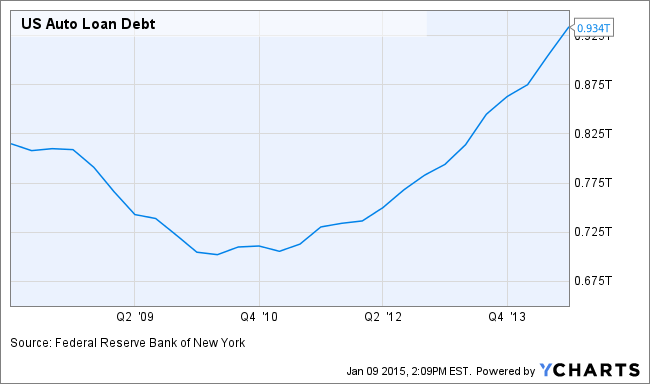
This influences people’s car buying decisions greatly.
Many people wonder whether to even buy a car at all.
However, over time, vehicle ownership has grown over the years, demonstrating that people continue to buy cars despite possibly not having the financial resources to do so.

That’s where leasing comes in.
Leasing has benefits and drawbacks.
Read on for tips to help you decide whether to buy or lease your next car.
What does it mean to lease a car?
Leasing a car is not really that complicated of an idea.
You make a small down payment (usually about 20% of the total cost of the car), then make monthly payments on the car until the term of the lease is over.
When the predetermined leasing period ends, you must return the car.
This is a great option if you know you will be moving or only need a car for a few years.
You do not have to make a commitment to actually owning the car.
Essentially, leasing a car is like a long-term, more expensive rental.
What are some potential drawbacks of leasing a car?
Some of the downfalls of auto leasing we will cover in this article include:
● Over time, the cost you pay when you lease multiple cars over varying periods of time will likely come out to equal or more than you would have paid for a new car or a nice used car
● When you lease, you don’t retain any equity to use towards your next car purchase.
● Leasing terms often have hardcore penalties
When is it advantageous to lease instead of buying a car?
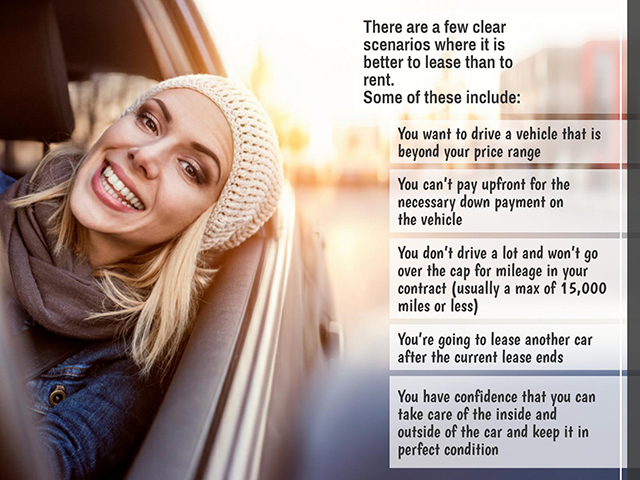
How does leasing compare with a loan?
Financially, the two are very similar.
A lease is a rental agreement, while a loan is the borrowing of money, and they function with similar mechanisms.
Leasing is essentially borrowing the entire value of whatever car you choose, but without down payments, etc.
Just like a loan, you make monthly payments, and are charged interest on the loan each month depending on your credit score and other factors.
This makes sense since you aren’t actually buying the car.
You are essentially paying for whatever wear and tear happens on it while it is in your possession.
The dealer inspects the car when you give it back, and then determines the amount of value that has depreciated while you owned the car.
That is what you have to pay back, or whatever your monthly payments have not already covered.
Breaking Everything Down: Buying vs Leasing
Up Front Costs
Buying a car, your upfront costs are a down payment, taxes, registration, and other fees.
Leasing upfront costs are usually the first month’s payment cost, a security deposit which will eventually be refunded if you return the car in good shape, down payment costs, taxes, registration, and other fees.
Monthly Payments
Monthly payments for loans if you buy a car are often higher than lease monthly payments.
This is because you have to pay off the entire cost of the car, plus interest and taxes.
Lease monthly costs are usually much lower than loans you take out to buy a car.
Since you’re only paying for the depreciation, not the full car value, it is an inherently lower cost overall per month.
Early Termination
If you want to get rid of a car you bought, you have to sell it, or use a middleman dealer.
However, if you are leasing your car, the cost of early termination of your contract is often very high.
It is usually barely any lower than if you just stuck out the rest of the lease, and sometimes it is even more costly to end the lease early than to keep going with the lease.
Returning the Vehicle
With a lease, you just give the car back to the dealer and he inspects it for value depreciation.
However, once you buy a car, you then have to go through the entire selling process if you no longer want the car.
Future Value
Once you buy a car, it immediately depreciates in value and continues to do so over the years.
Despite this, the equity from the cash value of the car is yours to use towards other purchases when you sell.
Mileage and Wear and Tear
If you buy a car, you can drive it as many miles as you want.
If the car undergoes excessive wear and tear, it is bad for the car and the car loses value, but you do not have any immediate consequences if you are not planning to sell the car soon.
However, if you lease a car, there is a mileage limit, often capped at 10,000 or 15,000 miles a year.
Furthermore, damage done to a leased car often comes with hefty fines and huge consequences.
If the car is damaged, you may end up paying more than the cost of just buying a car.
What happens at the end of the term
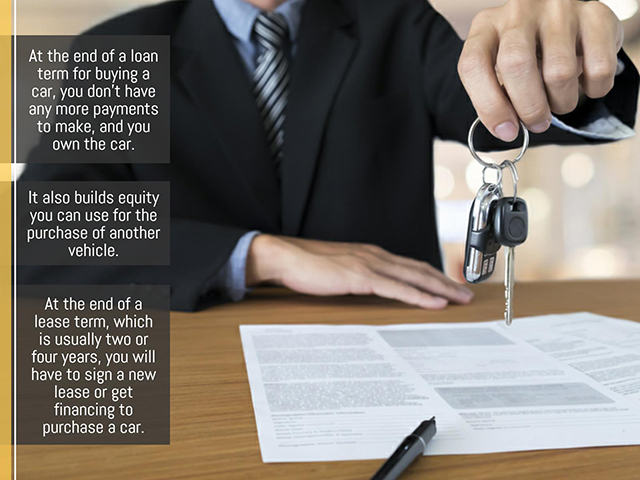
Finance Charges
Here is another major place where leasing a car could lead you to spend an unexpectedly high amount of money.
Even though leases come with lower monthly payments, they come with very high financing costs, especially compared to loans of similar amounts. However, state governments often give tax breaks to help offset these financing costs.
On the other hand, there are a ton of fees involved with the lease process, such as initiation fees, disposal fees, dealer costs, contracting, and others. Therefore, it may come out that you pay a lot more than you were expecting for your lease because of financing costs.
In Conclusion
Overall, leases are often so complicated that people steer clear of them due to lack of understanding.
However, once people realize that there are lower monthly payments, they will often choose to lease.
However, the financing costs are high, and so it often costs more overall to lease a car than to get an equivalent loan towards buying a car.
Especially if you calculate as a loss the equity you would have built with the loan, it costs much more to lease a car than to buy one.
In general, you should only lease if you have to or only need a car for a year or two and know you will not need a car afterward.
This is because when people lease multiple cars in a row the overall costs even out and then surpass the costs of buying a car with similar monthly payment amounts.
It is hard to realize this when thinking in the short term, but if you make a long term plan for your auto use and buying, then you will see that multiple leases are more expensive than buying a single car.
Making a long-term loan and holding onto it until the vehicle is fully paid off will build your equity, allowing you to sell the car and then purchase a car of higher value.
This builds value over time, whereas leasing is only a short term solution with high costs for some renters
